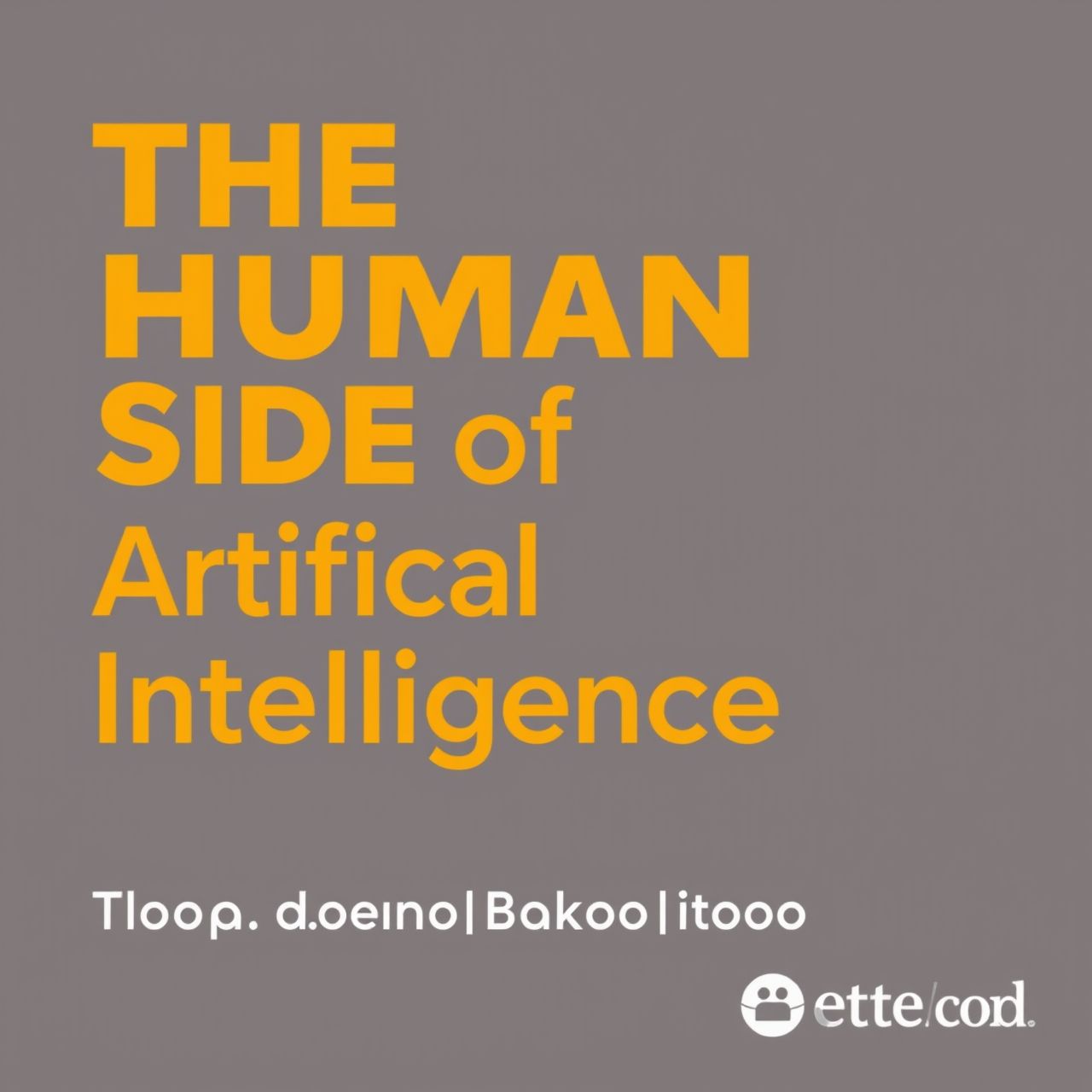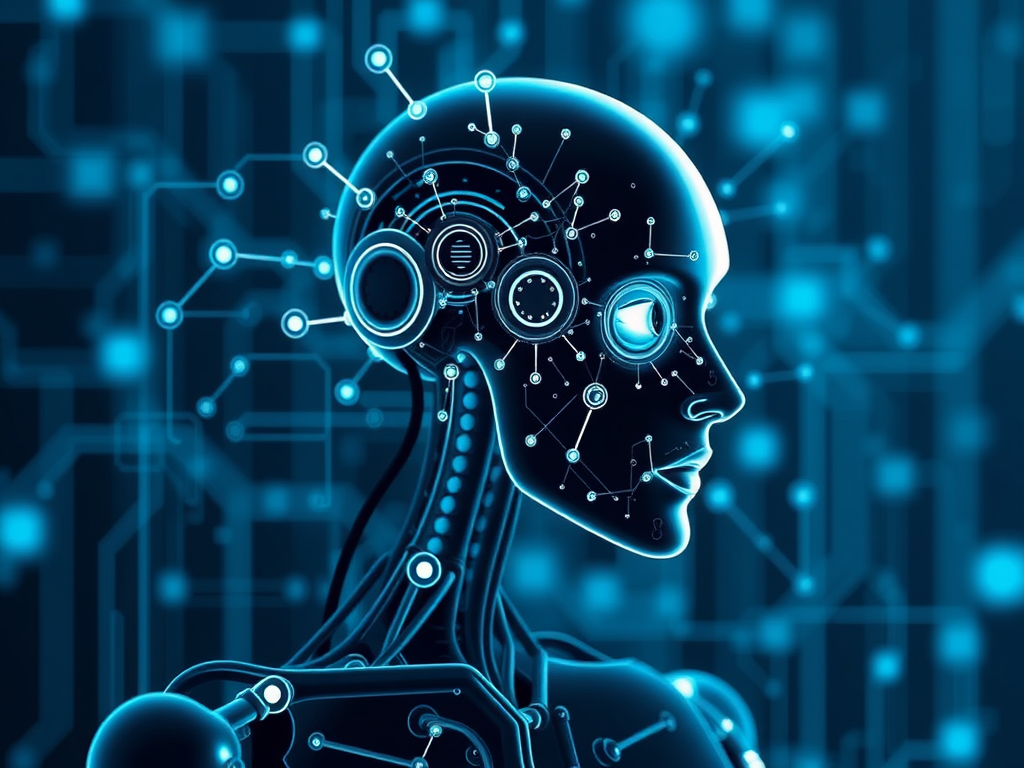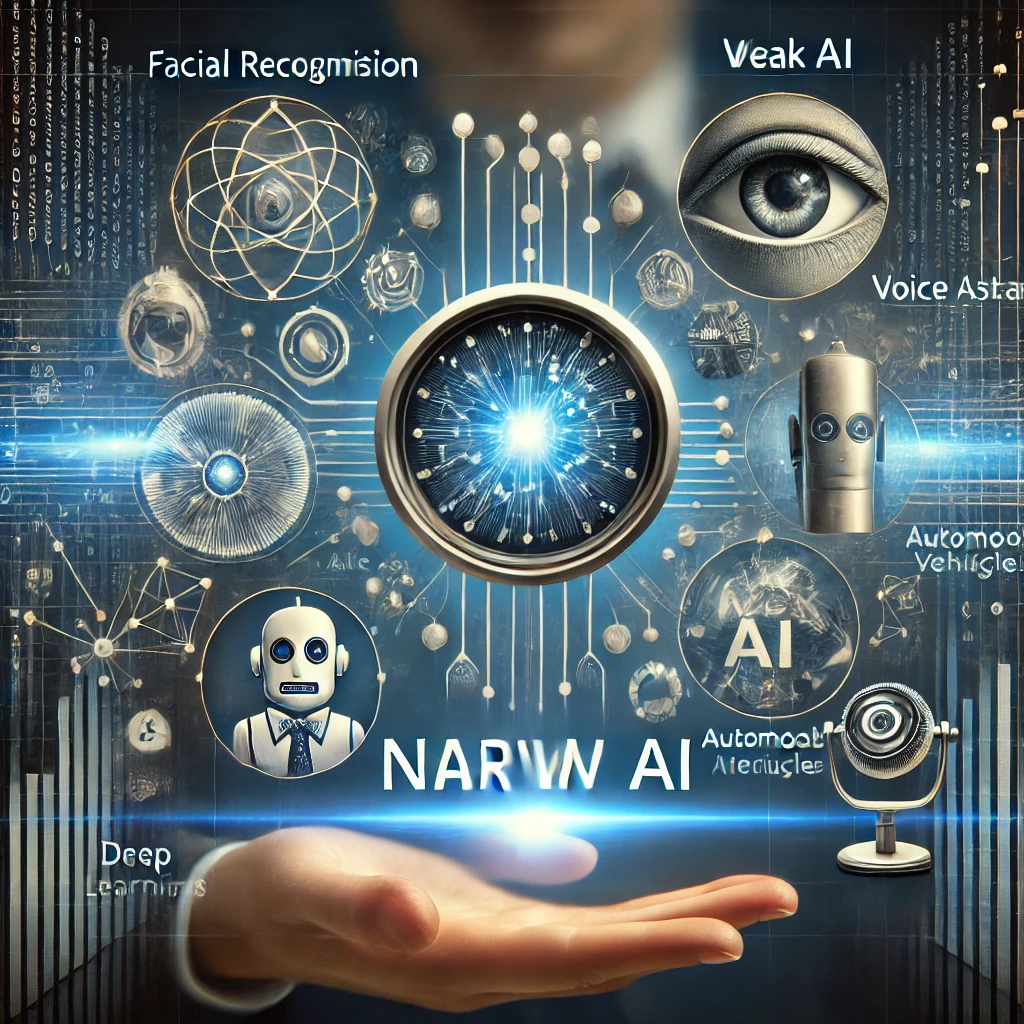AI is everywhere: in kitchens, cars, classrooms, and even in our conversations. But beyond the science fiction headlines, what does all of this mean for our daily lives, our society, and how we see ourselves?
What makes AI “artificial”? And where is the intelligence?
Let’s not get lost in the details: artificial intelligence is essentially about creating machines or software capable of performing tasks we once thought were uniquely human. Recognizing faces, understanding language, drawing, driving, even composing music—there’s now an AI for all of that.
Some AIs try to imitate intelligence. Machines don’t “think” like we do, but they learn patterns from oceans of data, improving with every bit of feedback. Show five million dog photos to a neural network, and it will start spotting pugs in your photo gallery with uncanny confidence.
“AI doesn’t aim to replace humans. It aims to amplify what humans can do—sometimes for the better, sometimes in unimaginable ways.”
How did we get here?
Sixty years ago, computers were the size of refrigerators, and even your boldest sci-fi writer couldn’t have imagined a virtual assistant on your phone ordering groceries or playing trivia with you.
-
The Dawn: Early programs could solve math problems and play chess—that was about it.
-
The Winters: Progress was slow. Chips were slow. Hopes were high, but the results… disappointing.
-
The Boom: Then came the era of big data. Computing power exploded. Suddenly, algorithms could process huge volumes of data and learn fast. Chatbots, image recognition, self-driving cars—it all snowballed.
Fun fact: In 1997, IBM’s Deep Blue beat the world chess champion. Today, you have chess engines in your pocket that could destroy Deep Blue.
AI in Our Daily Lives (Even if You Don’t Notice)
-
Netflix suggestions: Your next binge recommendation? That’s AI at work.
-
Maps & Navigation: Rerouting around traffic, ETA calculations—all powered by AI.
-
Writing assistance: From basic autocorrect to advanced grammar checks.
-
Healthcare: Disease detection from X-rays, personalized treatment suggestions. Sometimes, the computer sees more than the doctor.
-
Social media: Face tagging, targeted ads, news feeds—all fueled by AI guesses.
So, What’s Really Changing?
In a word: speed. Tasks that once took hours—translating an article to Swahili or finding a needle in a haystack—now happen instantly. The world is moving faster, and we’re all pushed to keep up.
Why All the Buzz (and the Worry)?
Power comes with unpredictability. The promises of AI are exciting: medical breakthroughs, smarter cities, faster scientific progress. But there’s a flip side: job disruption, privacy concerns, and the looming issue of algorithmic bias (who decides what’s “fair”?).
“Robots aren’t coming for your job. But someone with better AI tools might.”
Creativity is exploding—and sometimes getting weird. AIs write love poems or create realistic deepfake videos. Ethical debates are far from over.
What’s Next? Do We Have Any Control?
This isn’t a problem for the future anymore. AI is transforming industries—and also our relationship with tech and each other. Here’s what people are discussing (and debating):
-
How do we build AI we can trust, when even the creators can’t always explain it?
-
Who writes the rules, and who enforces them?
-
Will AI spark creativity and efficiency—or make us lazy and dependent?
P.S.: There’s no single answer, just a fast-moving story—and you’re already part of it.
The Human Touch in the Age of AI
The most interesting thing about the age of AI isn’t what machines are doing—it’s how we’re responding. A world full of algorithms doesn’t guarantee a meaningful world. People still crave connection, creativity, laughter, and empathy. No chatbot (not even this one) has truly nailed that yet.
The real future of AI might not lie in robot takeovers, but in new forms of collaboration between human imagination and machine power. For now, we can shape what it means to live, work, and dream alongside something that sometimes feels strangely intelligent.








